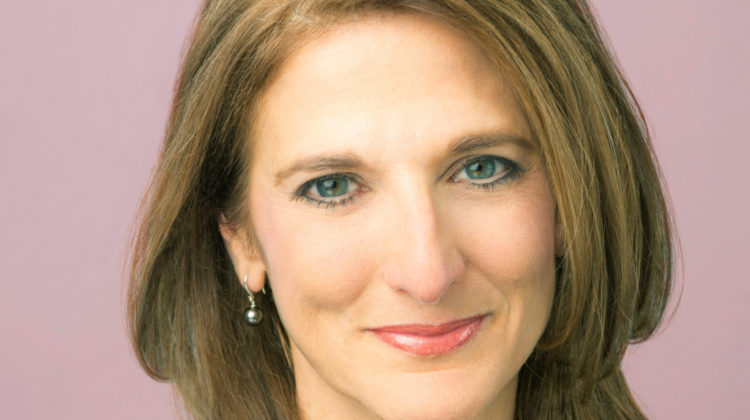
To help get through my ever-bulging inbox, I plan to devote a few summer columns to lightning round questions and answers. If you need more in-depth information, send an email to: askjill@jillonmoney.com. Here goes!
Q: We have two grandchildren who will be starting college next year and we would like to get them on the right track with investing. Can we open Roth IRAs if they don’t have earned income?







